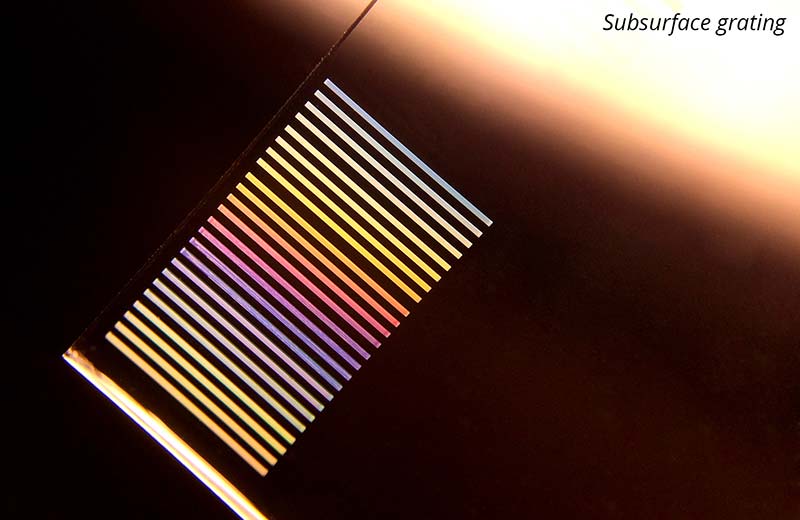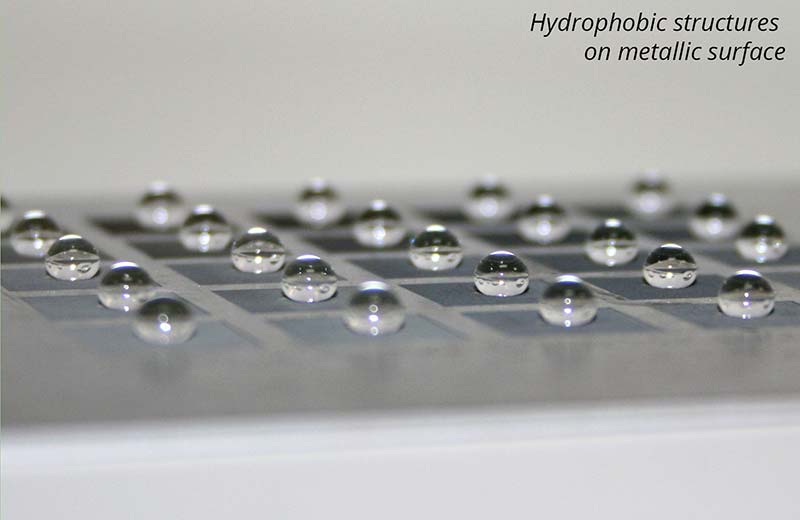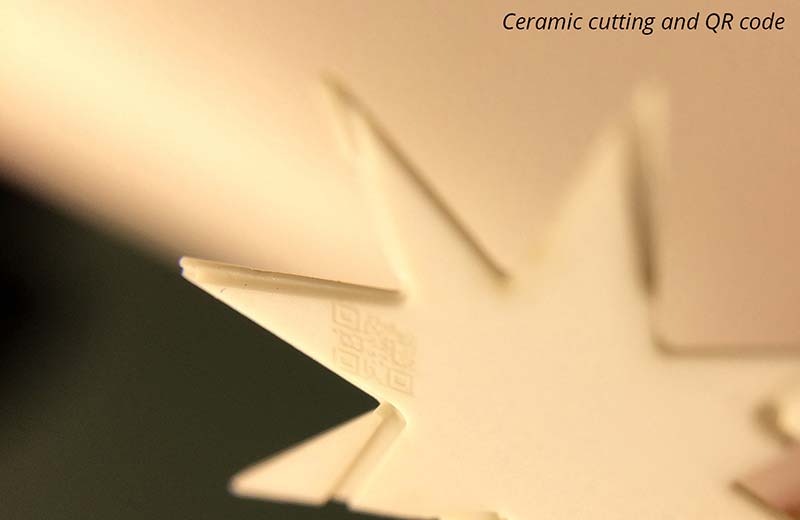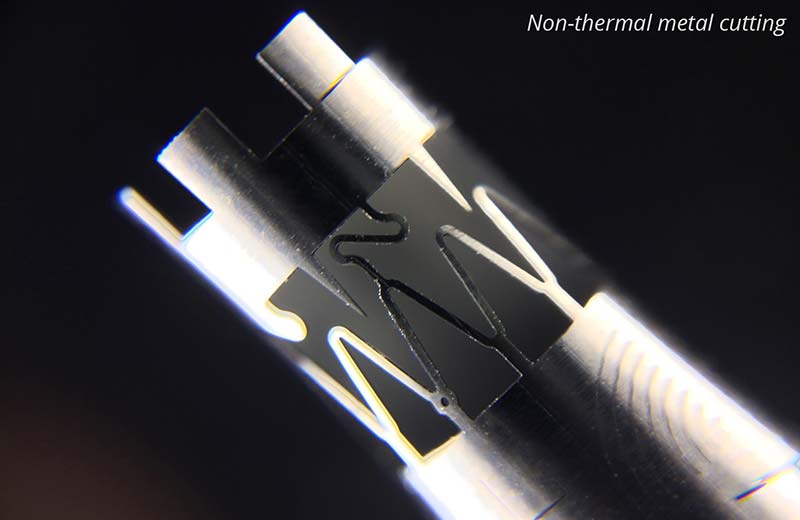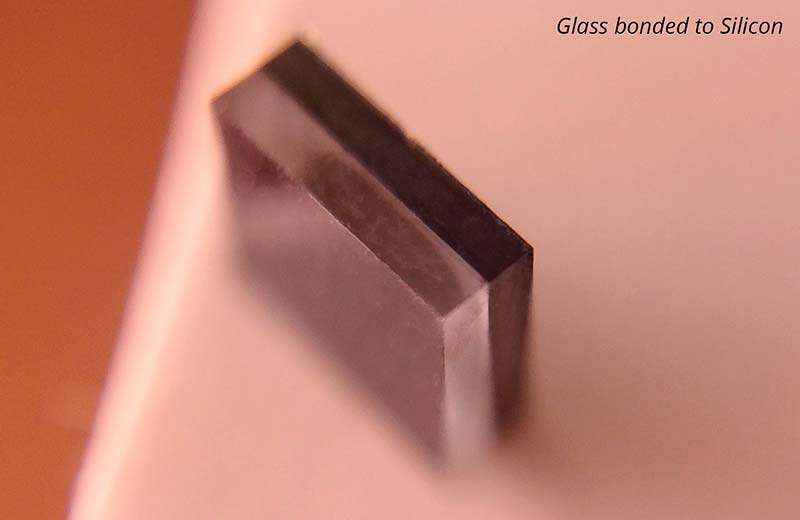ADC’s primary goal is to find solutions for our customers. As IMRA lasers can process virtually any material from soft polymers to hardest single crystal diamond, applications can range across a wide scope of industries. This includes biomedical, consumer electronics, automotive, and semiconductor, among others. Our well-equipped facility is properly suited to help develop new or optimize existing, applications and help obtain a better return on equipment investment in the long term. Contact the IMRA Sales team with your specific application needs to see how we can help you.
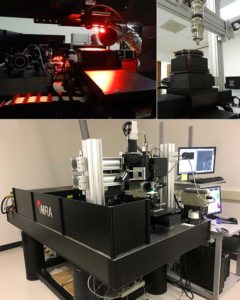 ADC houses several flexible workstations. Each laser station is equipped with various process heads, including high-accuracy galvo, both fixed and gas-assisted nozzles, and direct single process/moving stage heads. Imaging stations are set up with high-magnification optical microscopes, scanning electron microscopes, and high-resolution optical profilometers. The versatility in equipment enables ADC technicians to evaluate multiple procedures for optimal workability.
ADC houses several flexible workstations. Each laser station is equipped with various process heads, including high-accuracy galvo, both fixed and gas-assisted nozzles, and direct single process/moving stage heads. Imaging stations are set up with high-magnification optical microscopes, scanning electron microscopes, and high-resolution optical profilometers. The versatility in equipment enables ADC technicians to evaluate multiple procedures for optimal workability.
The workstations can also be configured to work with our femtosecond lasers at near-IR, visible, and UV wavelengths. This flexibility means a diverse range of shapes, sizes, and material types can be processed. Once a process method is established, a comprehensive analysis determines what requirements are needed for successful implementation.
Finding solutions begins with customer inputs and targets, and proceeds as follows:
Step 1 (INITIAL ASSESSMENT): An in-depth analysis of specific part structure and process design is performed with each customer to ensure an accurate assessment of the desired application. Often, this proceeds with a proof-of-concept verification. This initial stage determines whether additional financial or labor investments for further development are worthwhile.
Step 2 (PROCESS DEVELOPMENT): If satisfactory results are obtained, the next development phase begins. This includes end goal feasibility, scale-up, and design control. Procedures in this step follow practical and economic approaches to optimize ROI. Although each custom application is different, a typical timeline for the process development ranges from 1 to 6 weeks, or longer under certain circumstances. This holistic approach ensures that the process being developed is transferrable to a system integrator or end user.
Step 3 (MACHINE OR PLATFORM CONFIGURATION): Specific machinery must often be developed to accommodate new processes. For customers who produce hardware in-house, we work with the system designers to transfer the required specifications. Other applications require a system integrator to design and build a custom machine for the process in question. IMRA does not manufacture machines; however, we have a network of system integrators worldwide who can achieve this goal. We match the specifics of the situation to the best service provider available. This effort includes pairing the size and flexibility of the system integrator to the customer’s specifics. We interface between application developers and system integrators in order to ensure a smooth transition with successful outcomes.

